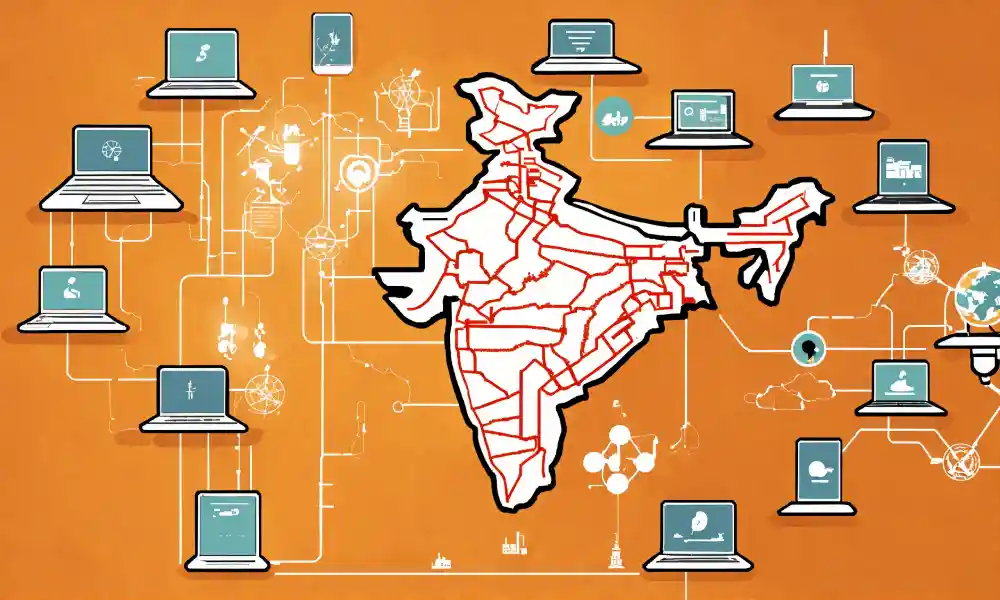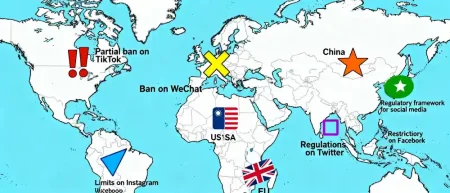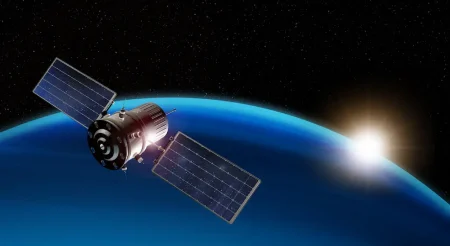The recent US government tariff on India could be an opportunity in disguise if India plays its cards right, particularly to ace AI, writes Satyen K. Bordoloi.
The 50% tariffs on Indian goods imposed by the Trump administration are one of the biggest trade challenges India has faced in decades. Nearly half of our $87 billion exports to the US are now subject to these punitive tariffs and affect critical sectors from textiles and gems to automotive components. The economic stakes for the nation, companies and millions of people are naturally high. Yet, inside the crisis, there is an opportunity for us to emerge stronger.
The path to that passes through the garden of artificial intelligence: if we can harness our AI capabilities well, at least now, as we should have done in the past, we could take our rightful place as a global economic superpower.
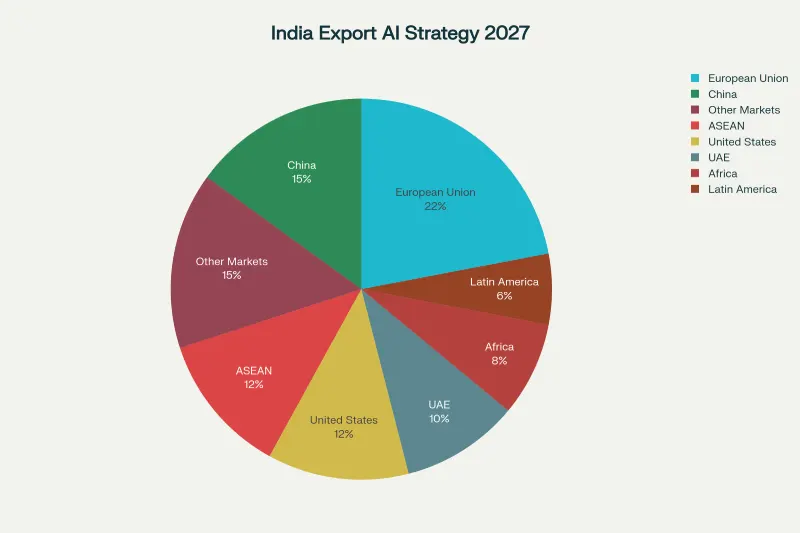
The Tariff Challenge as A Catalyst for AI Innovation:
US President Donald Trump has justified his high tariffs under national security provisions, targeting India’s Russian oil purchases. This has naturally created immediate pressures across the Indian industry. The textiles sector faces a combined tariff of 63.9% on knitted garments.
In contrast, India’s gems and jewellery industry, as the country’s top export category to the US, worth $10 billion, now faces a 52.1% tariff burden. Engineering exports are projected to drop by $4-5 billion, mainly in auto components, steel, and precision machinery – all of which now face tariffs of 25–50%. These measures threaten to reduce India’s GDP by 0.3-0.5%.
Yet we must remember that this external shock arrives at a moment when India’s AI capabilities are reaching critical mass. With over 600,000 AI professionals already working on AI projects, and a talent pool projected to double to 1.25 million by 2027, India has the second-largest AI workforce globally after the United States.
After flailing investments, this year the government’s IndiaAI Mission has been backed by ₹10,372 crore over five years to provide India’s AI growth story the institutional framework it needs to harness this potential. This will be for a national GPU grid with 34,000+ GPUs for training large models, funding for startups to build multilingual LLMs, AI Kosh – an open dataset platform with 367+ public datasets, AI labs in Tier-II cities, and subsidised compute access, etc.
The ball is now in the court of Indian companies, who can and must leverage AI to transform our nation from reactive victims of trade disruptions into proactive market leaders. The key, I believe, lies in deploying AI across four critical dimensions: supply chain optimisation, cost reduction, export competitiveness, and market diversification.
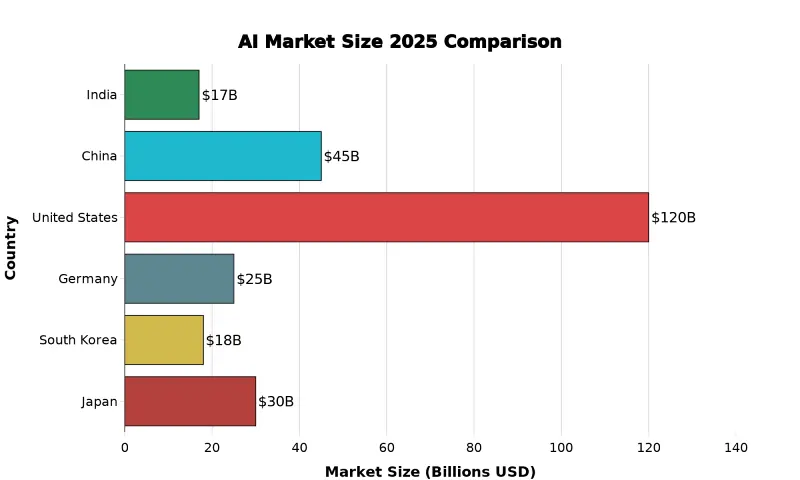
Supply Chain Resilience Through AI:
AI-powered predictive analytics can help Indian manufacturers anticipate and navigate tariff-induced disruptions. Companies like Reliance Industries, which imported 142 million barrels of Russian crude in the first half of 2025, can use machine learning algorithms to optimise sourcing strategies and identify alternative supply routes. AI systems can analyse real-time geopolitical data, trade policy changes, and shipping patterns to recommend optimal sourcing decisions that minimise tariff exposure while maintaining cost efficiency.
Traditional sourcing models rely on static contrasts and manual forecasting. But advanced AI platforms can process vast datasets from customs declarations, freight bookings, and supplier networks to map entire supply chains dynamically. Indian textile manufacturers in Gujarat and Tamil Nadu, facing severe US market pressure, can use these tools to identify alternative markets in Europe, Latin America, and Africa where their products face lower tariff barriers. Take the example of Maruti Suzuki, whose AI-led supply chain innovation reduced costs by 14%.
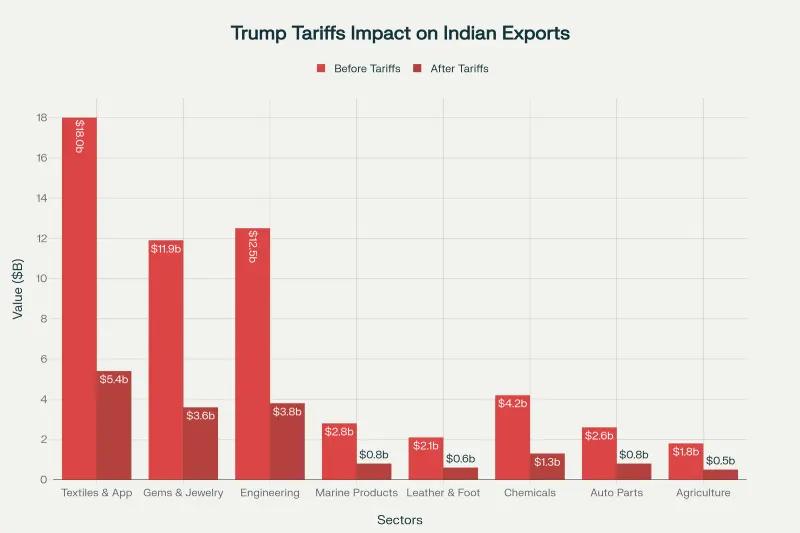
ML for Manufacturing Learning:
The use of AI and ML in manufacturing presents Indian companies with their most potent tool against tariff pressures. Take Tata Steel, whose adoption of predictive maintenance cut unplanned downtime by 20%, or Asian Paints, whose AI-driven demand forecasting improved accuracy by 20%. AI adoption in manufacturing is projected to deliver 20–25% productivity gains by 2027, while reducing downtime by 30% in sectors like textiles and automotive. 25-50% tariffs to be negated, but 20-40% improvement in productivity and cost reduction? Absolutely.
For Indian manufacturers in sectors such as roofing, cement, and chemicals, raw material usage typically accounts for 70 to 85% of production costs. These companies are adopting AI platforms to optimise this by forecasting demand, reducing waste and procuring efficiently.
Indian pharma companies have been largely exempted from tariffs. They can accelerate profits by using AI to reduce drug development costs by 30–35% by using Generative AI for molecular modelling, ML for clinical trial optimisation, predictive analytics for market targeting, etc. As US and EU pharma firms face rising operational costs due to tariffs and regulatory shifts, Indian firms – particularly those in the generics and biosimilars sectors – are well-positioned to expand their footprint and capture a greater market share against global peers.
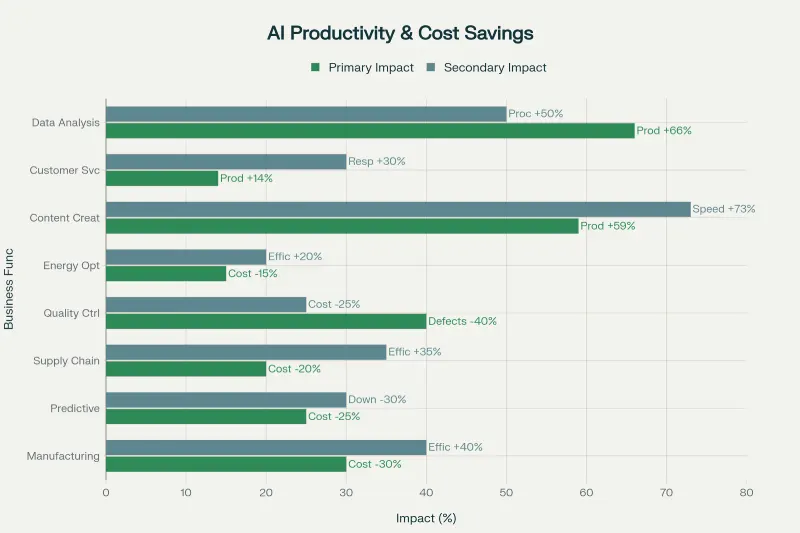
Export Competitiveness Revolution:
AI-powered quality control systems are already delivering 40% improvements in defect detection in companies that have employed them, directly enhancing India’s export competitiveness. Visual inspection systems powered by machine learning can ensure that Indian products meet international standards while reducing rejection rates and costly rework. This technological edge will become crucial when competing against suppliers from Vietnam and Bangladesh, who benefit from lower tariff rates.
Generative AI is already transforming product development cycles, with over half of India’s large manufacturers using it to accelerate design and prototyping by up to 35%. This allows Indian companies to respond rapidly to changing market demands and develop products tailored to non-US markets, a crucial zone for business if we have to beat the US-imposed tariffs.
Having put the ball in the court of Indian business, we cannot absolve the government of its duty because its response to the tariff challenge has to transcend traditional diplomatic and economic measures and embrace AI as a tool of national economic strategy.
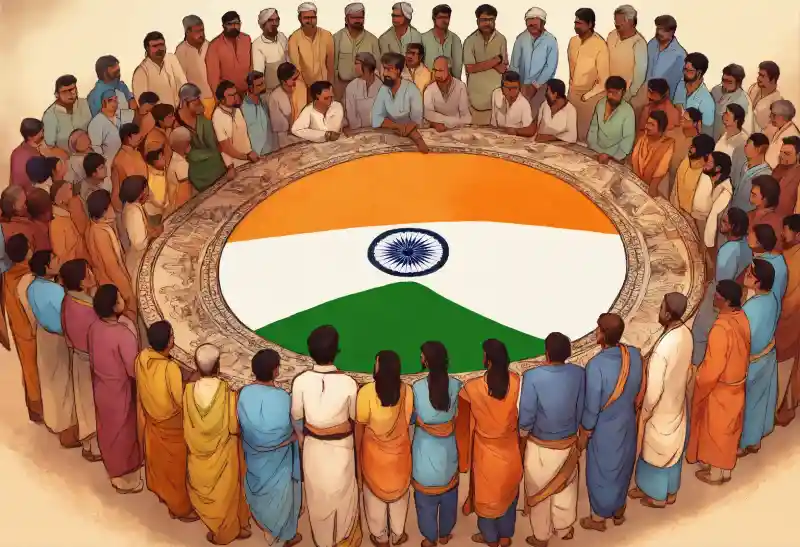
Policy Intelligence and Economic Modelling:
Like Indian companies, the government itself can deploy AI systems, which can provide the government with the capability to model tariff impacts to optimise policy responses. Machine learning algorithms can analyse trade flows, economic indicators, and global supply chain data to identify the most promising alternative markets and trade routes. The government can use these insights to prioritise diplomatic efforts and negotiate preferential trade agreements with countries showing high AI-predicted demand for Indian products.
Advanced scenario modelling can help our policymakers understand the long-term implications of different strategic choices. Should India retaliate with counter-tariffs, focus on market diversification, or accelerate domestic manufacturing? AI-powered economic models can simulate these scenarios while incorporating variables from currency fluctuations to geopolitical developments. Multiple such models can give them an accurate picture of what the correct response should be.
These over time will help not only to neutralise the effects of the Trump Tariffs, but actually grow our businesses.
Infrastructure as an Economic Weapon:
The IndiaAI Mission’s commitment to 10,000 GPU computing infrastructures and providing subsidised access to high-performance computing at ₹100 per hour (half of the global rates of $2.5-$3) enables India to empower its companies to develop AI solutions that would be prohibitively expensive elsewhere. This computing democracy would allow even small and medium enterprises to deploy sophisticated AI tools for market analysis, product optimisation, and supply chain management. The goal of a small textile manufacturer in Tirupur to access the same AI capabilities as a Silicon Valley startup not only levels the global competitive playing field but also gives India an advantage.
But GoI’s role can go beyond this. The planned AI data cities and specialised innovation zones can concentrate resources and talent to create AI-powered manufacturing hubs that compete globally not just on labour costs but on intelligent automation and innovation.
Programs like FutureSkills PRIME, an industry-aligned skilling initiative sponsored by the Ministry of Electronics and Information Technology (MeitY), and targeting reskilling of millions of workers in AI and emerging technologies, will ensure India’s workforce evolution matches its technological transformation. This human capital development is crucial as traditional labour-intensive exports face tariff pressures.
The China Challenge and India’s Unique Opportunity:
While China has a lead in AI patent filings (90,000 vs India’s 15,000) and overall investment ($140 billion committed vs India’s $1.2 billion), India possesses critical advantages that the current geopolitical moment amplifies. China’s AI development occurs within an authoritarian framework that limits international collaboration and faces increasing Western scepticism. India’s democratic and collaborative approach to AI development, on the other hand, attracts global partnerships and investment, whether or not the US is involved.
More fundamentally, China’s AI advancement has been partially enabled by access to Western markets and technology, which is now constrained by trade tensions. India, positioned as a strategic partner to Western democracies, can leverage this geopolitical advantage to accelerate AI development through international collaborations that China increasingly cannot access.
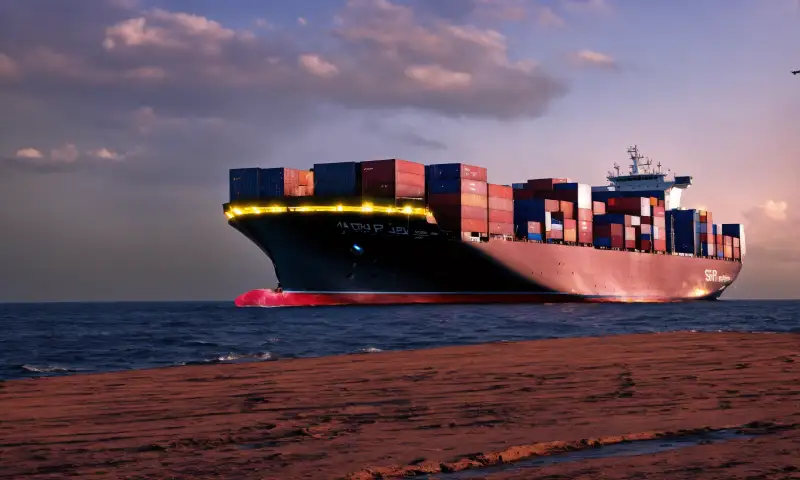
The timing is particularly ripe, as Trump’s “opening salvo” approach to trade policy contains inherent contradictions. Throwing out skilled foreign workers and talking about building in the US are two contradictory actions. If there ever was an example of throwing the baby with the bathwater, this is it. When policy moderation eventually prevails and trade barriers are reduced, if India focuses on AI-enhanced competitiveness now, we will be positioned to capitalise on the renewed market access.
The Path Forward: AI-Powered Economic Resilience:
Thus, India’s response to the Trump tariffs should not be defensive, not even offensive; rather, it should be transformational. Rather than merely weathering this storm or fighting back, India can use AI to fundamentally restructure its economic model from one based on cost arbitrage to one driven by innovation and intelligence.
But this transformation will require coordinated action across government and industry. The government must accelerate AI infrastructure development, expand international AI partnerships, and create regulatory frameworks that encourage rather than constrain AI adoption. On the other hand, companies must reciprocate by investing in AI capabilities not as defensive measures but as growth engines for global expansion.
The stakes go beyond immediate tariff mitigation. Success in this AI transformation will put India into a technology leader position in an emerging multipolar world order. Failure will risk relegating us to a peripheral role in the global economy.
Thus, the Trump tariffs are both a crisis and an opportunity for India. The crisis is immediate and measurable: potential GDP reduction, export losses, and job displacement across affected sectors. The opportunity, though in the future, is transformational: acceleration of India’s AI revolution and emergence as a global technology superpower.
To claim this opportunity, our response must match the scale of the challenge. Incremental improvements and defensive strategies will no longer work. We must reimagine our role in the global economy through the use of artificial intelligence because only those nations that successfully deploy AI to navigate this trade disruption will emerge not just resilient but dominant in the post-tariff global economy.
We owe it to our glorious history. We owe it to our unyielding future. Failure is not an option. We must drive fast at full mast. The time for half-measures has ended. India must move fast, and the way forward is through artificial intelligence.
In case you missed:
- OpenAI, Google, Microsoft: Why are AI Giants Suddenly Giving India Free AI Subscriptions?
- Unbelievable: How China’s Outsmarting US Chip Ban to Dominate AI
- From Generics to Genius: The AI Revolution Reshaping Indian Pharma
- How Can Indian AI Startups Access Global VC Funds?
- GoI afraid of using foreign GenAI in absence of Indian ones? Here’s how they still can
- The Major Threat to India’s AI War Capability: Lack of Indigenous AI
- Deep Impact: How Cheap AI like DeepSeek Could Upend Capitalism
- Digital Siachen: Why India’s War With Pakistan Could Begin on Your Smartphone
- Project Stargate: Dubious Origins in the 1970s to AI Goldrush in 2025
- Why Elon Musk is Jealous of India’s UPI (And Why It’s Terrifyingly Fragile)




